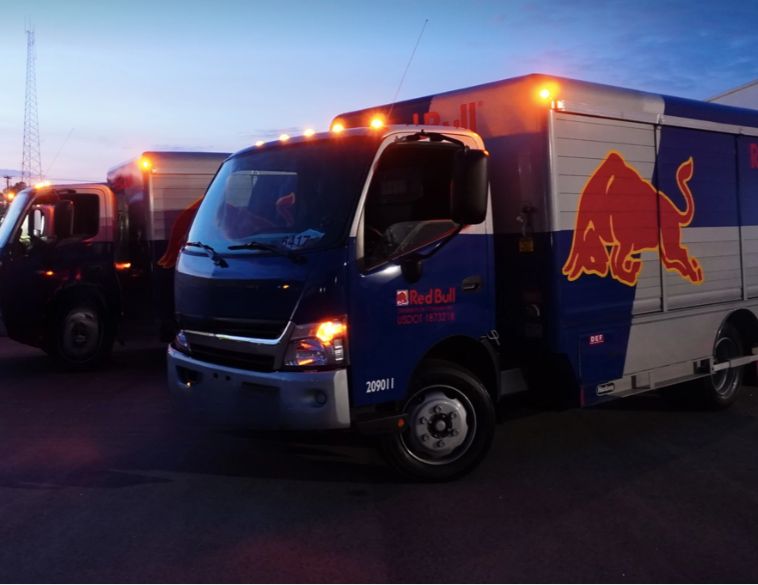Quebec-based Fize Electrique, harnesses telematics to maximize the utility of its Ford BEV vehicles.
While there’s been a lot of focus on battery-electric vehicles in the fleet management space, there are often a lot of questions as to how BEVs will fair in practice. In Canada, cold weather conditions can have an impact on range and battery performance, potentially impacting operational plans and efficiency. While it is understood that BEVs aren’t necessarily the ideal choice for every kind of fleet application, there are some operators that are clearly demonstrating success in transitioning to a battery-electric vehicle fleet.
The power of telematics
A good example is Fize Electrique. Based in Quebec City, this electrical contracting firm is consistently showing how to optimize its battery electric fleet of Ford E-Transits to deliver superior results. According to Alain Fiset, Director of Smart Energy for Fize Electrique, the key lies in harnessing the power of modern telematics data.
Fize Electrique’s BEV fleet, which includes seven E-Transits, as well as a Ford F-150 Lightning and Mustang Mach-E, utilizes the Ford Pro E-Telematics subscription service.
According to Fiset, this allows the company to track each vehicle’s range and efficiency at any given moment, ensuring that they are up to the tasks demanded of them, including the winter operating environment.
Ford Pro E-Telematics (available with a trial subscription on every Ford EV model) was specifically created with commercial fleet customers, like Fize Electrique, in mind. As a result, it not only includes the full suite of Ford Pro Solutions, but also specific EV features. Furthermore, Ford Pro E-Telematics is designed to be used via a mobile device or laptop computer, ensuring maximum versatility and efficiency for fleet managers.

Real-time range and charging
In Fiset’s case, it is used to track real time range and charge status for each BEV in the Fize Electrique fleet. And because Ford Pro-E Telematics can calculate range averages by each individual vehicle, it enables Fize Electrique to precondition vehicles remotely, as well as enable the company’s employees to reimburse costs for home charging.
Fize Electrique’s fleet of E-Transits run about 100 kilometres per day on average, which translates to around 25,000 km annually. “For the work we do every day, the [Ford] E-Transit is the perfect mix of capability and efficiency,” explains Fiset.
Yet getting to this stage required doing a lot of homework. Firstly, Fiset and his team had to extensively research the types of vehicles that would be suitable for the services the company provides to its customers. Secondly, they also had to ensure that Fize Electrique’s employees were fully trained in BEV operating practices, including maximizing vehicle operational efficiency and specific, responsible driving habits, reinforced by access to accurate, real time telematics data.
Planned approach
While transitioning from traditional gasoline and diesel fueled commercial vehicles to BEV is far more than just selecting the right vehicle, a planned, methodical approach does enable fleets to achieve success, while adopting zero-tailpipe emissions vehicles, even in extreme climates like much of Canada. If in doubt, look no further than organizations like Fize Electrique, that operate in an environment where winter temperatures frequently reach -25°C, yet consistently deliver the services their customers need, day in, day out.






 BROSSARD
BROSSARD Full time
Full time


